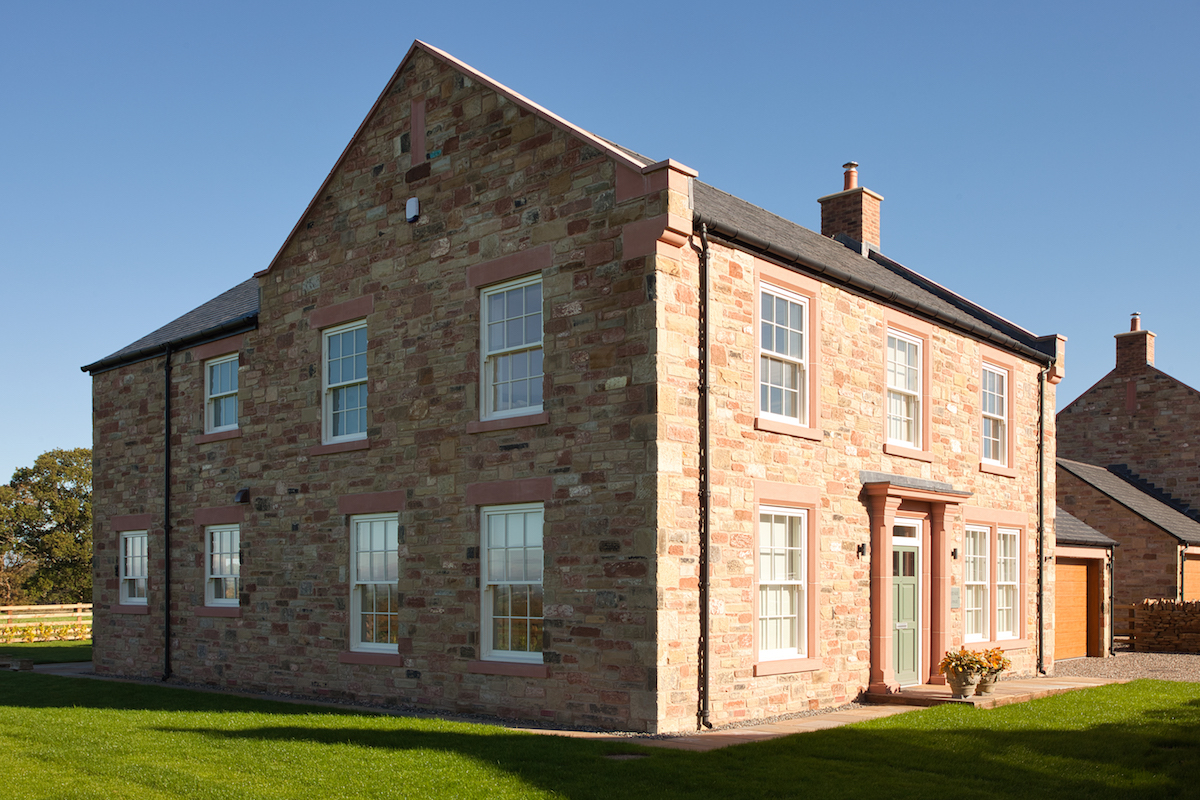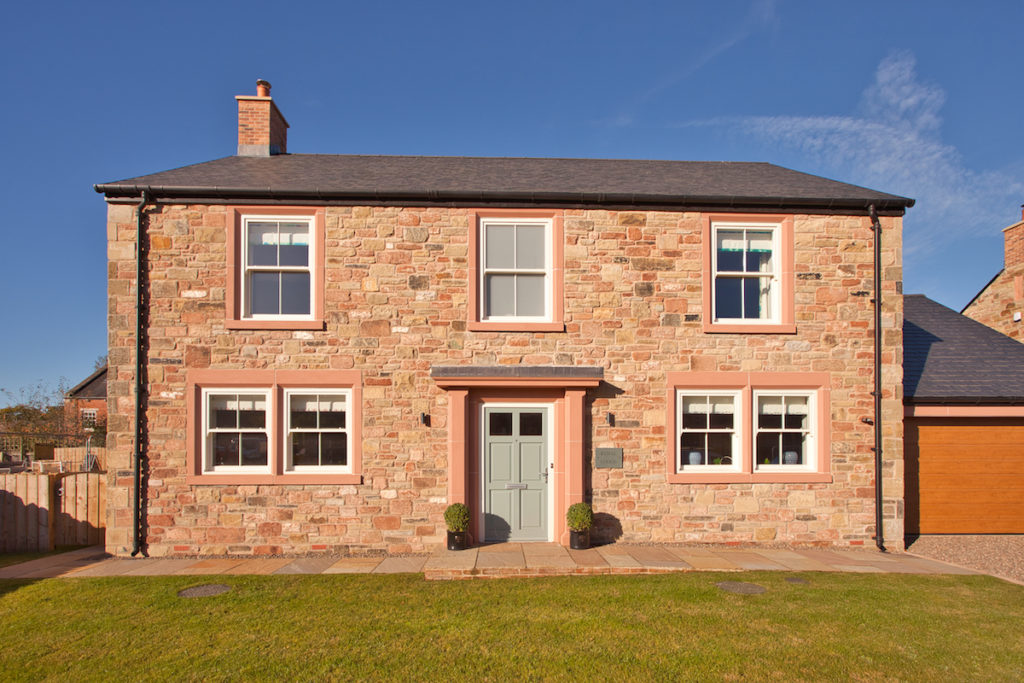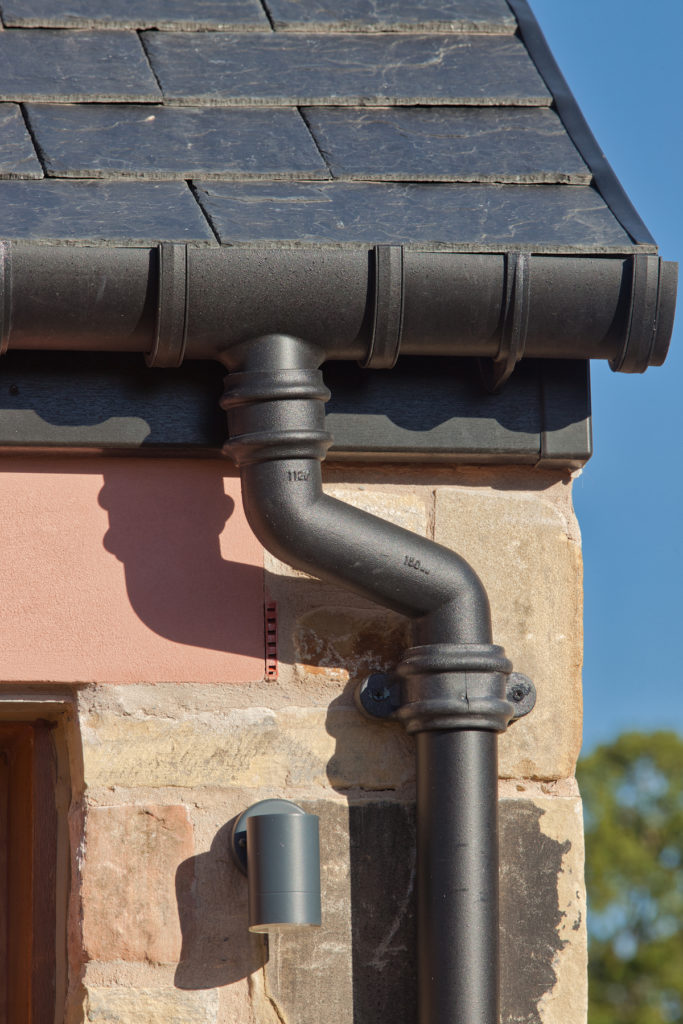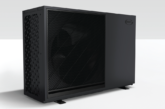
Ian St-John, specification manager at Brett Martin, makes the case for the versatility of cast iron effect rainwater systems for those who want affordability while not compromising on performance and architectural intent.
In our changing climate, high-impact heavy rainfall has increased in frequency across the UK. To handle these challenges, rainwater systems need to be fit for purpose, offer long term performance whilst delivering aesthetics and style for home buyers. Thoughtfully engineered and well-designed rainwater systems are critical to the success of a building, as they will remove rainwater quickly and effectively to ensure the long-term integrity of the building fabric.
A critical first step is the correct specification of this vital building component. A useful guide to rainfall intensities for the specification of gutter and downpipes can be found within Approved Document H: Drainage and Waste Disposal. The designer or builder should consider local weather conditions, the potential impact on the underground drainage layout, the catchment area of the roof, gutter capacity, expansion allowance and fall calculations in any efficient rainwater system design.
 Information on calculating the area of a complex roof can be found in BS EN 12056-3: 2000: Roof drainage layout and calculations. After calculating the effective area of the roof, this must relate to the draining capabilities of the rainwater systems specified to ensure the right size and number of components are purchased to achieve the optimum performance.
Information on calculating the area of a complex roof can be found in BS EN 12056-3: 2000: Roof drainage layout and calculations. After calculating the effective area of the roof, this must relate to the draining capabilities of the rainwater systems specified to ensure the right size and number of components are purchased to achieve the optimum performance.
A modern twist
As well as standard rainwater solutions, those wanting a traditional cast iron rainwater aesthetic on new builds or replacing original systems on conversions and restorations, modern plastic materials are a fraction of the price to buy, install and maintain. These solutions can replace an aluminium or cast-iron rainwater specification to create a heritage aesthetic for homeowners without compromising architectural integrity. Proprietary ‘authentic’ cast iron effect rainwater systems are available in a variety of gutter profiles with round, square or rectangular downpipes, depending on the system, and a selection of hoppers that will provide maximum protection from days of heavy and intense rain.
Quick fit
The significant additional weight of cast iron drainage systems makes them difficult to install. It’s also necessary to be extra vigilant regarding health and safety and will require more time to lift and fix the system – leading to increased costs and potential delays in the installation process.
This is where the cast iron effect ranges come into their own, as they are so much lighter than cast iron. Installation at height is less hazardous, being effortless to lift, easy to manoeuvre, simple to cut and quick to fit. The systems also benefit from external fixing lugs, enabling easy power tool access, which further speeds up installation.
Gutter fitting joints have integral moulded seals and flexible retaining clips, allowing the gutter lengths to simply click into place for maximum ‘sealability.’ No extra-cost fixing kits or nuts and bolts are required to make gutter joints, as with most traditional systems. These plastic solutions are therefore less likely to under-perform due to poor installation.
Adaptability
With a wide selection of gutter types and downpipe styles for both new constructions and renovations, cast iron effect rainwater systems can be tailored to meet the specific needs of every project. They are also compatible with existing cast iron systems and have been carefully designed to replicate original features, dimensions and detailing.
In addition to the popular classic black, some proprietary cast iron effect systems come in colour ranges from grey and blue through to green and white – all of which cater to the subtle nuances of local vernacular architecture.
More information on Brett Martin’s plumbing and drainage products




